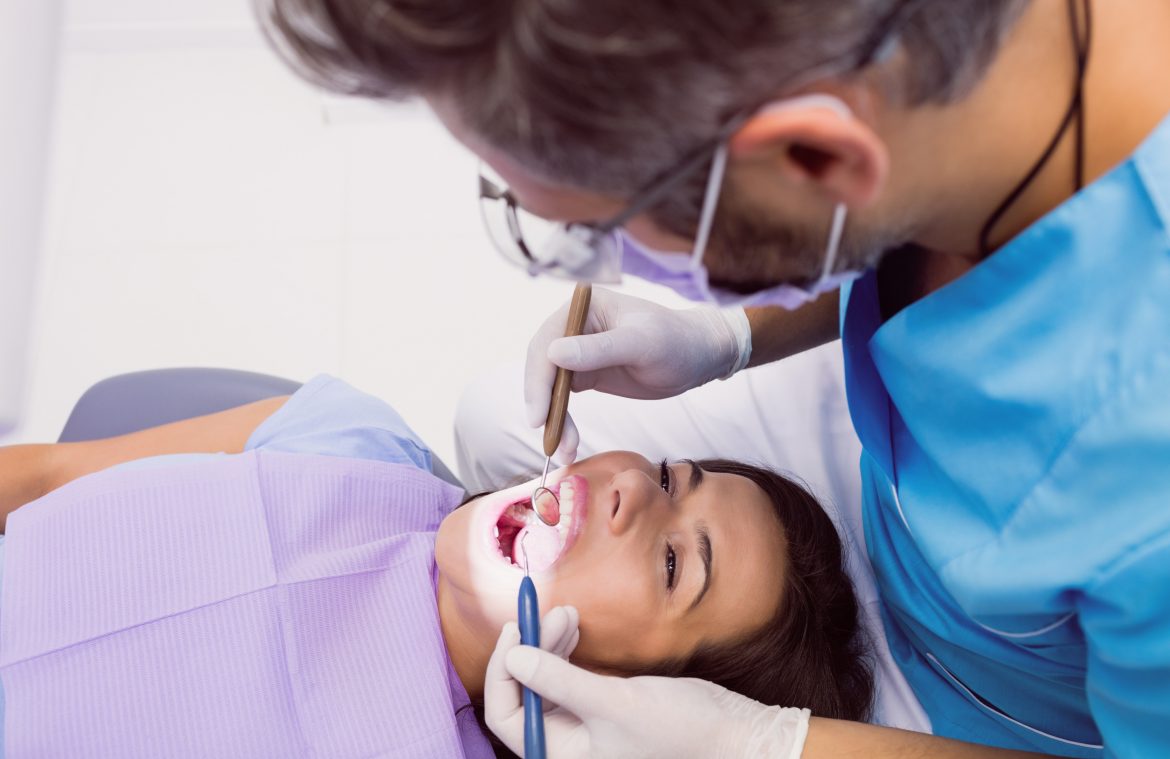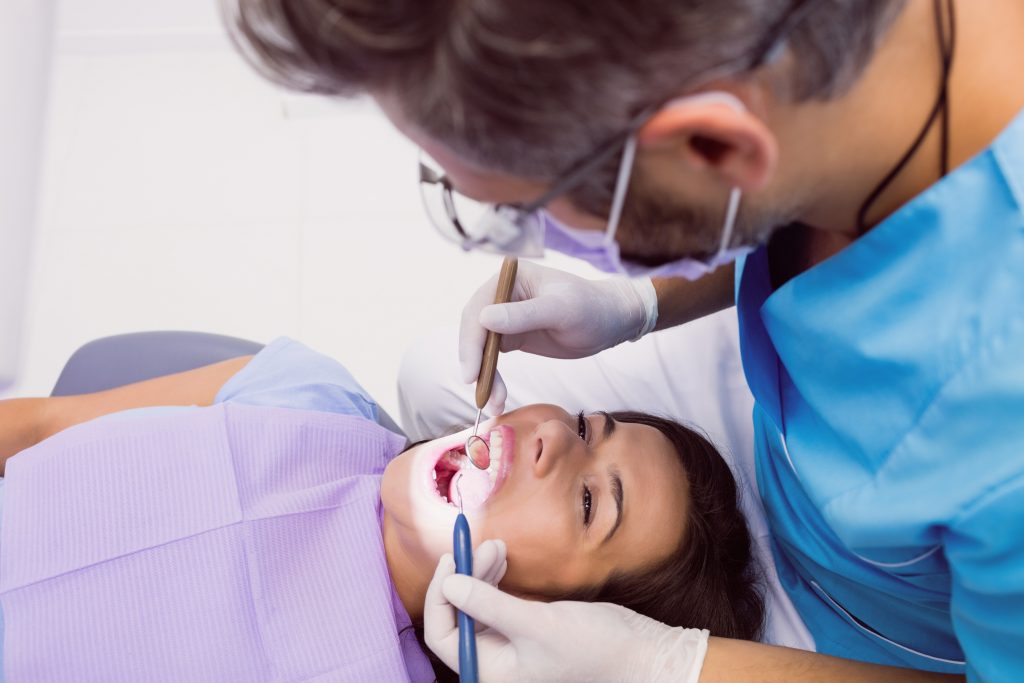

Occlusal disease is a common yet often overlooked dental disorder that can significantly impact your overall health and well-being. It occurs when your bite is misaligned, affecting how your teeth come together while chewing or speaking. This misalignment can lead to various issues, including chronic headaches, jaw pain, and worn-down teeth.
What is Occlusal Disease?
When your bite isn’t properly aligned, it creates a destructive process in the mouth. Each time your teeth come together, they exert forces that can negatively impact your teeth and jaw. Proper alignment is essential not just for dental health, but also for the well-being of your jawbone and muscles. Unfortunately, occlusal disease is frequently undiagnosed, with many patients unaware of its effects until they experience significant discomfort.
Common symptoms of occlusal disease include:
- Worn or chipped teeth
- Frequent headaches or migraines
- Jaw pain or clicking sounds when opening or closing your mouth
- Difficulty chewing or biting
- Shifting of teeth
If you observe any of these symptoms, it’s important to seek advice from your dentist.
Why Early Diagnosis is Essential
Early diagnosis and treatment of occlusal disease can prevent further damage to your teeth and jaw. When misalignment is caught early, treatment options tend to be simpler and more affordable. At the prime dental center, we conduct thorough examinations to identify occlusal issues, often requiring more than a standard dental check-up.
Treatment Options
- Mild Reshaping: If occlusal disease is diagnosed, we may carry out minor reshaping of the teeth to stabilize your bite. This procedure can reduce discomfort and enhance alignment.
- Restorations: For teeth that have been significantly worn down, restorative treatments may be necessary. This can involve fillings, crowns, or other dental materials to rebuild the tooth structure.
- Orthodontic Treatment: In some cases, orthodontic interventions may be required to realign the teeth and jaw properly. This could include braces or other alignment devices to ensure a harmonious bite.
- Combination Treatments: Often, a combination of reshaping, restorations, and orthodontic work is the best approach for effective treatment.









